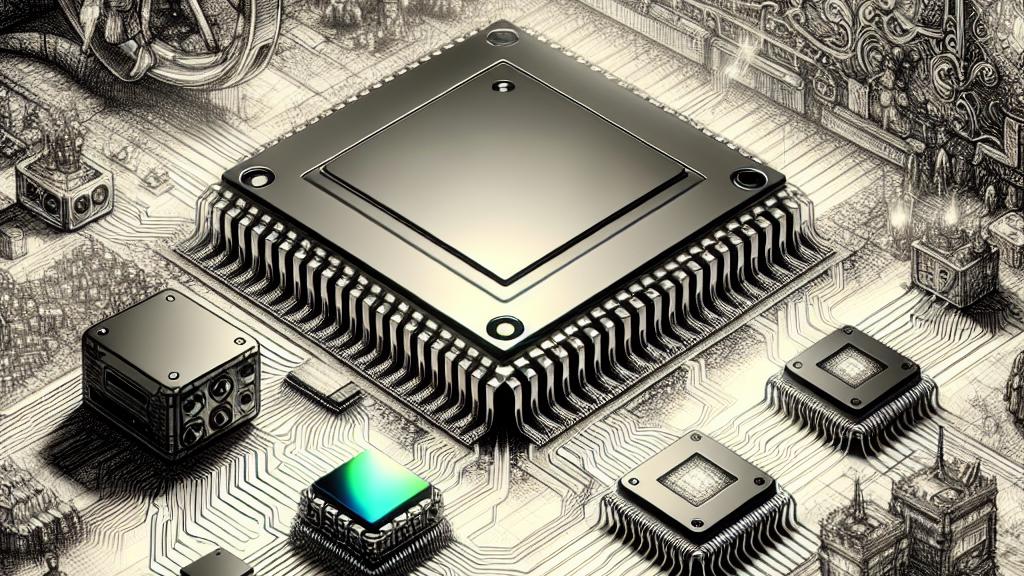Advancements in Thermal Insights for Efficient Chip Design
Overview
- Groundbreaking research from the University of Virginia reveals crucial thermal management insights for next-gen chips.
- Confirmation of Matthiessen's rule in nanoscale copper films enhances our grasp of thermal conductivity.
- Partnerships between academia and industry signal exciting advancements in the future of CMOS technology.

Understanding Heat Management
In the dynamic landscape of technology, researchers at the University of Virginia have embarked on a crucial mission: improving heat management in microchips. Picture this: as devices shrink—imagine the latest gaming consoles or robust AI data centers—the management of heat becomes not just significant but vital. When these powerful systems operate, they often encounter thermal bottlenecks, which can deteriorate performance and efficiency. This research dives deeply into the nuanced thermal behavior of ultra-thin copper films, a favored choice in chip manufacturing, unlocking essential insights that will enhance performance and operational efficiency in ever-smaller circuits.
Application of Matthiessen's Rule
At the core of this investigative study lies the validation of Matthiessen's rule, a fundamental principle explaining how various scattering factors influence heat and electron flow. Think of it as a key that helps unlock our understanding of materials. Using groundbreaking techniques like steady-state thermoreflectance (SSTR), researchers meticulously measured thermal conductivity in nanoscale copper films, while simultaneously evaluating electrical resistivity. The findings? Absolutely remarkable! They confirm that Matthiessen's rule holds true even at these minuscule thicknesses. This significant discovery empowers chip designers with a reliable framework for refining heat management strategies, leading to devices that run cooler, consume less energy, and deliver outstanding performance. Imagine, for instance, smartphones that not only last longer on a charge but also operate with higher efficiency—this research is paving the way for such innovations.
Collaboration for Future Technologies
This pioneering study underscores the remarkable outcomes achievable through collaboration in science and technology. The partnership between UVA, Intel, and the Semiconductor Research Corporation exemplifies the synergy that can arise when academia and industry unite. Together, they aim to propel significant advancements in complementary metal-oxide-semiconductor (CMOS) technology, which serves as the backbone of modern electronics. The implications of these findings are profound and far-reaching: as global demand for energy-efficient, high-performance devices continues to grow, the insights gained will guide semiconductor manufacturers in optimizing materials and designs. Ultimately, this research acts as a roadmap for navigating thermal challenges while advocating for sustainability. Not only does it benefit consumers with better devices, but it also contributes positively to the environment. Indeed, with these advancements, the future of electronics appears not only promising but truly exciting!

Loading...